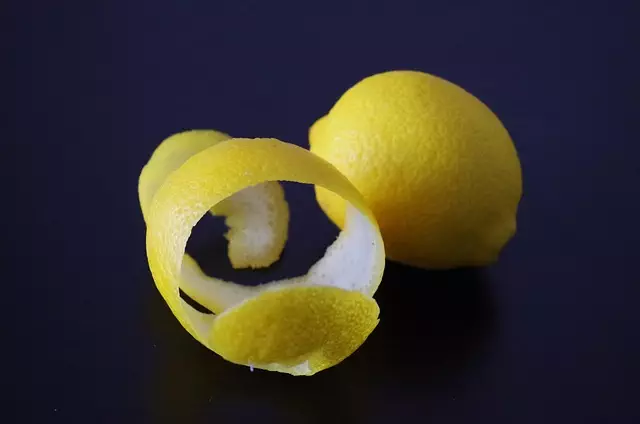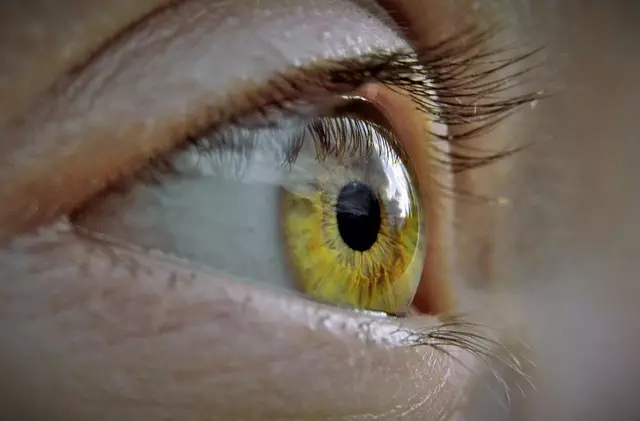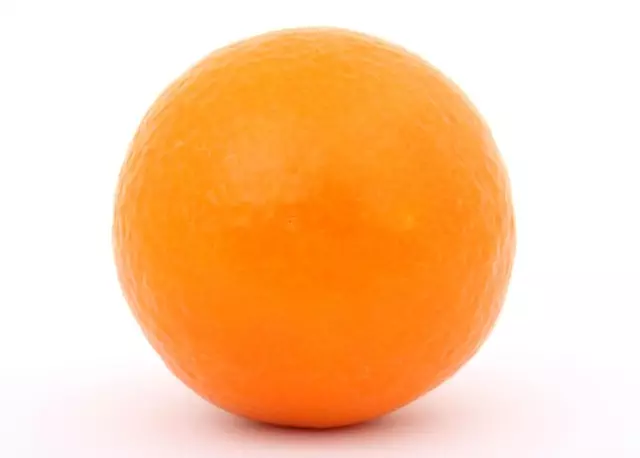Skin Resurfacing Peels are non-invasive treatments using chemical solutions like AHAs or BHAs to exfoliate damaged skin layers, stimulating collagen production and improving texture. Ideal for moderate to severe acne scars, these peels range from mild 25% glycolic acid to stronger formulas like 50% salicylic acid, with peel strength determined by a dermatologist based on skin sensitivity and scar severity. Recovery involves managing temporary redness, avoiding strenuous activities, and following recommended cleansing and hydration routines. Risks include redness, swelling, flaking, infection, pigment changes, and rare scarring, emphasizing the importance of choosing a qualified dermatologist and proper aftercare for safe, effective results. Combining peels with other treatments like microdermabrasion or laser therapy can further enhance acne scar improvement, offering comprehensive, lasting solutions for clearer, more confident skin.
“Uncover the power of chemical peels in transforming acne scars and achieving a clearer, more even skin tone. This comprehensive guide delves into the world of skin resurfacing peels, offering valuable insights for those seeking effective solutions.
From understanding the science behind chemical peels to exploring different peel types and their mechanisms on acne scars, we cover it all. Learn about the numerous benefits, including improved skin texture and reduced appearance of scars. We’ll guide you through choosing the right peel strength and provide essential prep tips for optimal results.
Discover potential risks, side effects, and how to combine peels with other treatments for enhanced effectiveness.”
Understanding Chemical Peels for Acne Scars

Chemical peels have emerged as a popular and effective treatment for acne scars, offering a non-invasive approach to skin resurfacing. These peels work by applying a chemical solution to the skin, which removes the top layers, stimulating collagen production and improving skin texture. This process is particularly beneficial for deep acne scars, as it can help smoothen out the skin and reduce their appearance.
Skin resurfacing peels come in various strengths, depending on the severity of the scarring. During a treatment session, a dermatologist will carefully apply the peel to the affected areas, ensuring optimal results while minimizing discomfort. After the procedure, patients may experience redness and sensitivity but are usually pleased with the improved look of their skin over time.
Types of Skin Resurfacing Peels

Skin resurfacing peels are a popular and effective treatment for acne scars, offering a non-invasive way to enhance skin texture and appearance. These peels work by removing the top layer of damaged skin, exposing smoother, healthier skin underneath. There are several types of peels available, each with its own unique benefits and level of intensity:
1. Superficial Peels: The mildest form, these peels remove only the outer layer of skin (epidermis). Commonly used ingredients include glycolic acid and lactic acid. Superficial peels are ideal for gentle exfoliation and improving skin tone, making them suitable for those with light acne scars or sensitive skin.
2. Medium-Depth Peels: These peels penetrate deeper into the skin, reaching the upper part of the dermis. Salicylic acid and trichloroacetic acid (TCA) are typical ingredients. Medium-depth peels can effectively treat moderate acne scarring by smoothing out skin texture and reducing the appearance of depressions.
3. Deep Peels: The most intense option, deep peels go the farthest into the skin’s depth, sometimes reaching the mid-dermis or even deeper. These include strong acids like TCA or phenol. Deep peels are suitable for severe acne scars as they can completely remodel the skin and create a more even surface.
How Do Chemical Peels Work on Acne Scars?

Chemical peels, also known as skin resurfacing peels, are a popular and effective treatment for acne scars. These procedures involve applying a chemical solution to the skin, which causes it to exfoliate and stimulate collagen production. By removing the top layer of damaged skin, chemical peels expose smoother, healthier skin underneath. This process helps to minimize the appearance of acne scars, giving the skin a more even texture and tone.
The specific chemical solutions used in these treatments vary but typically include alpha hydroxy acids (AHAs) like glycolic acid or beta hydroxy acids (BHAs) such as salicylic acid. These chemicals gently dissolve away dead skin cells and unclog pores, reducing the depth of acne scars over time. As the skin heals, it produces new collagen fibers, leading to improved skin texture and a more youthful appearance.
Benefits of Using Chemical Peels for Acne Scar Treatment

Chemical peels, also known as skin resurfacing peels, offer a non-invasive yet highly effective method for treating acne scars. These treatments work by applying chemicals to the skin’s surface, which gently exfoliates and removes damaged layers, stimulating new cell growth and improving skin texture. The benefits are twofold: not only do they reduce the appearance of acne scars, but they also enhance overall skin tone and smoothness, providing a more even and radiant complexion.
This procedure is particularly advantageous for those with moderate to severe acne scars as it can refine the skin’s surface, minimize hyperpigmentation, and promote collagen production. Unlike some other treatments, chemical peels are suitable for various skin types and tones, making them a versatile option for many individuals seeking acne scar solutions.
Choosing the Right Peel Strength for Your Skin

When considering chemical peels for acne scars, selecting the appropriate peel strength is paramount to achieving optimal results and ensuring skin safety. Skin resurfacing peels come in various strengths, typically measured in percentages, indicating the concentration of acid used. The right peel strength depends on your skin’s sensitivity and the severity of your acne scars.
For mild acne scars or sensitive skin, lower concentrations like 25% to 30% glycolic acid or 20% lactic acid peels are often recommended. These milder options offer gentle exfoliation and can improve skin texture without causing excessive irritation. In contrast, deeper acne scars might require stronger peels, such as 50% salicylic acid or even higher concentrations of glycolic acid, to effectively reshape the skin’s surface and reduce the appearance of scars. It is advisable to consult a dermatologist who can assess your skin and guide you in choosing the most suitable peel strength for your needs.
Preparing for and Recovery After a Chemical Peel Procedure

Preparing for your chemical peel procedure involves a few simple steps to ensure optimal results and minimal discomfort. Before the treatment, discuss any medications or skin care products you’re using with your dermatologist, as some may need to be temporarily discontinued. It’s also important to avoid excessive sun exposure leading up to the peel, as your skin will be more sensitive. On the day of your appointment, arrive well-rested and hydrated, and follow your dermatologist’s instructions regarding pre-treatment care, which might include avoiding certain cosmetics or cleansers.
Recovery time after a chemical peel varies depending on the type and intensity of the treatment. Typically, you can expect redness and mild irritation, similar to a sunburn, which should subside within a few hours to a couple of days. Avoid strenuous activities, direct sunlight, and using harsh skincare products during this time. Your dermatologist may recommend specific aftercare routines, such as gentle cleansing and applying soothing, hydrating creams, to help your skin heal and reduce the appearance of redness or peeling.
Potential Side Effects and Risks to Consider

While chemical peels, including skin resurfacing peels, offer a promising solution for acne scars, it’s crucial to be aware of potential side effects and risks before proceeding with any treatment. Common temporary issues include redness, swelling, and flaking, which usually subside within a few days. More serious but less frequent complications may include infection, pigment changes, and in rare cases, scarring. The risk of these adverse reactions increases with deeper peels.
It’s essential to choose a qualified dermatologist who can assess your skin and recommend the most suitable peel type and concentration for your specific case. Proper pre-treatment preparation and post-care instructions are vital to minimize risks and maximize benefits. Regular follow-up appointments are also necessary to monitor your skin’s response and address any concerns promptly.
Combining Peels with Other Acne Scar Treatments

Combining Chemical Peels with other acne scar treatments can offer a comprehensive approach to achieving smoother, clearer skin. After a peel, your skin goes through a process of healing and regeneration, making it receptive to additional treatments. For instance, microdermabrasion or laser therapy can be performed before or after a peel to further enhance results. These procedures help remove the top layer of damaged skin, allowing deeper layers to rise to the surface, reducing the appearance of scars.
Skin resurfacing peels, in particular, are known for their ability to stimulate collagen production and improve skin texture. When incorporated into a skincare routine, they can work synergistically with other treatments like topical creams or injections. This combination therapy addresses various aspects of acne scarring, providing more significant and lasting improvements in skin quality and appearance.
Real-life Success Stories: Transforming Acne Scars with Peels

Many individuals struggling with acne scars have found hope and a significant improvement in their skin’s appearance through a popular treatment known as skin resurfacing peels. These chemical treatments aren’t just a buzzword in the skincare industry; they have an impressive track record of transforming even the most persistent acne scars. Real-life success stories abound, with countless individuals sharing their experiences on social media and review platforms.
One common theme among these stories is the remarkable reduction in scar visibility after several peel sessions. Skin resurfacing peels work by gently exfoliating the top layers of the skin, stimulating collagen production, and promoting skin cell regeneration. This process helps to smooth out the texture of the skin, reducing the depth of acne scars and improving overall skin tone and clarity. The results often leave individuals feeling empowered and confident about their appearance, proving that these peels are more than just a cosmetic procedure—they’re a life-changing solution for many.
